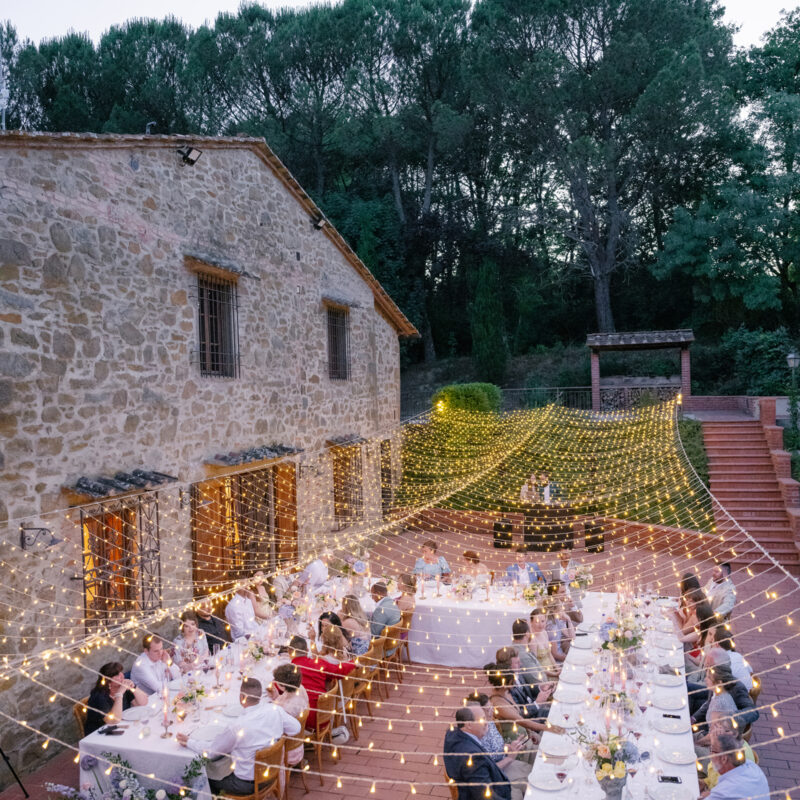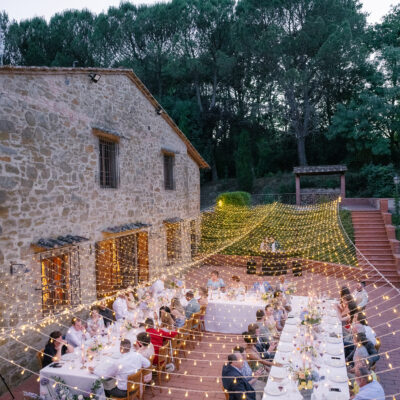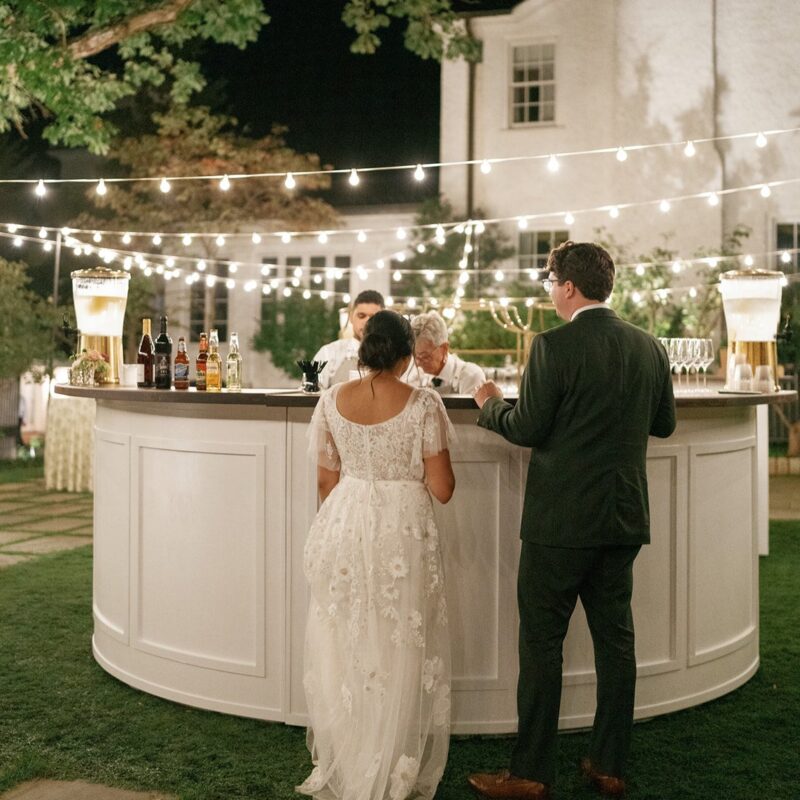What could be loftier than Monticello? Well, at least physically, Montalto is—by 410′. The neighboring mountain was once part of Jefferson’s holdings, and these days, after decades in private ownership, it’s returned to the fold. In 2004, the Thomas Jefferson Foundation bought the mountain and the grand house, called Repose, that sits atop it. To match its altitude, Montalto is becoming a place to inspire greater intellectual heights.
“The power of place is linked very closely with the power of ideas,” said Leah Sumrall, who oversees special events at Monticello. That was a belief of Jefferson’s. Offering a broad physical view, Sumrall said, Montalto (now known as the Robert H. Smith Center) aims to help visitors gain perspective on big issues.
Of course—being one of the highest points in Albemarle County—Montalto has jaw-dropping vistas in every direction, including a view down to Monticello. Repose, built as a getaway in 1908 by the Patterson family, is beautifully sited on the narrow, rounded ridgetop, and though the setting tends to steal the show, the house itself is no slouch. “This is a prime example of American architecture,” said Sumrall.
With prominent gables, rows of squat white columns and a stone exterior, the house is both elegant and homey. After serving as a country home for the Pattersons—who also ranched cattle and sheep on Montalto—Repose was occupied for years by a live-in groundskeeper and his family. It then served as housing for law and medical students at UVA. “They were quite the party house,” said Sumrall. “There were Foosball tables back-to-back in the conservatory.”
The Foundation renovated the house in 2009 with the goal of “getting back to its early 20th century charm,” said Sumrall. That meant not only restoration after years of student occupants, but the creation of a luxurious facility for conferences, corporate retreats and celebrations.
Elements of past and present weave together throughout the building. Photos of the house from 1917-1918 adorn many of the rooms, and a wall of fame upstairs includes in situ shots of luminaries from Gertrude Stein to the Clintons. Original flooring sets off traditional furnishings and a few heirlooms that had belonged to the Patterson household, like the grandfather clock looming in the entryway. Yet every room has built-in A/V to ease the way for group meetings and presentations.
The conservatory, which stretches along the west side of the house and is lined by floor-to-ceiling windows, grew during the renovation to accommodate more guests. It opens onto a stone terrace that seems to spill out into space, as the mountain gives way to views of Charlottesville and the Blue Ridge.
The grounds at Montalto include mature sycamore and maple trees, pristine lawns and some selective design interventions—like the new semicircular rock wall that defines the Overlook, where rarefied wedding ceremonies can take advantage of the Monticello view. Despite the almost primitive feel—mountain, rock, sky—the spot is discretely wired for electricity.
Sumrall and her team have overseen some premier events here, including conferences of the Young African Leaders Initiative and the American Academy of Diplomacy. She said the house and its site give conferees a special kind of permission to think big. “It changes the experience of tackling big issues,” she said.






